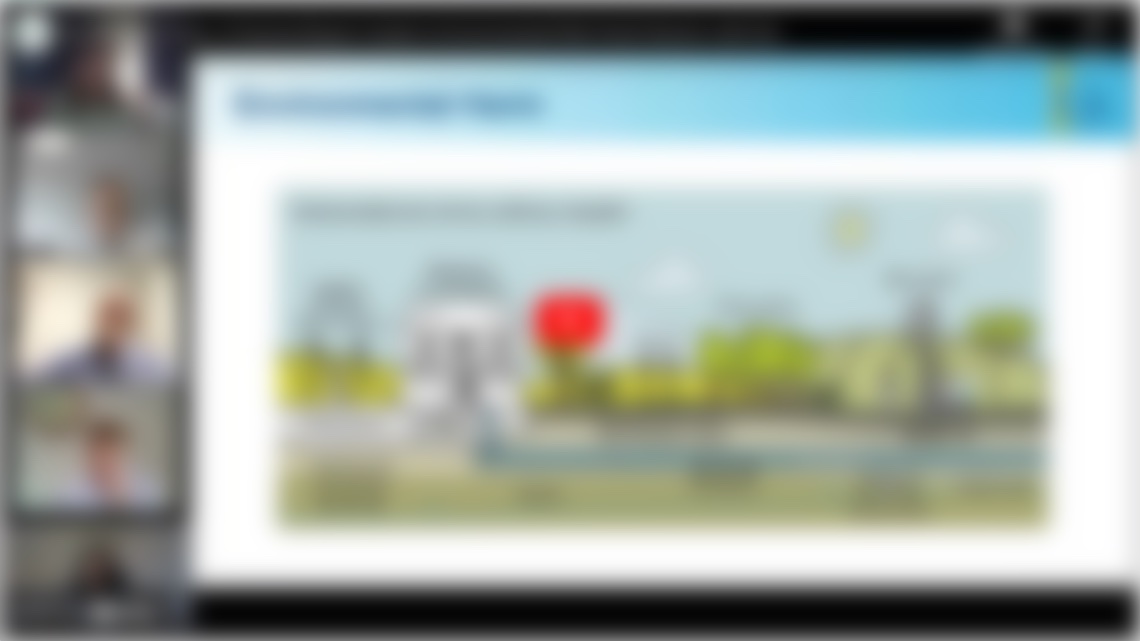May Contain Lies: How Stories, Statistics, and Studies Exploit Our Biases – And What We Can Do About It
Our lives are minefields of misinformation. It ripples through our social media feeds, our daily headlines, and the pronouncements of politicians, business leaders, and best-selling authors. Stories, statistics, and studies are everywhere, allowing people to find evidence to support whatever position they want. Many of these sources are flawed, yet by playing on our emotions and preying on our biases, they can gain widespread acceptance, warp our views, and distort our decisions.
This talk explains how to separate fact from fiction. Using colourful examples, it first highlights the biases that cause us to mistake statements for facts, facts for data, data for evidence, and evidence for proof. Armed with the knowledge of what to guard against, it then provides a practical guide to combat this tide of misinformation. Going beyond simply checking the facts and explaining individual statistics, it explores the relationships between statistics – the science of cause and effect – ultimately training us to think smarter, sharper, and more critically, to make better sense of the world and take better decisions.
By the end of the session, you will be able to:
- Understand how to separate fact from fiction.
- Recognise how biases cause us to mistake statements for facts, facts for data, data for evidence, and evidence for proof.
- Identify practical ways to combat the present tide of misinformation.
Speaker - Alex Edmans, Professor of Finance, London Business School

